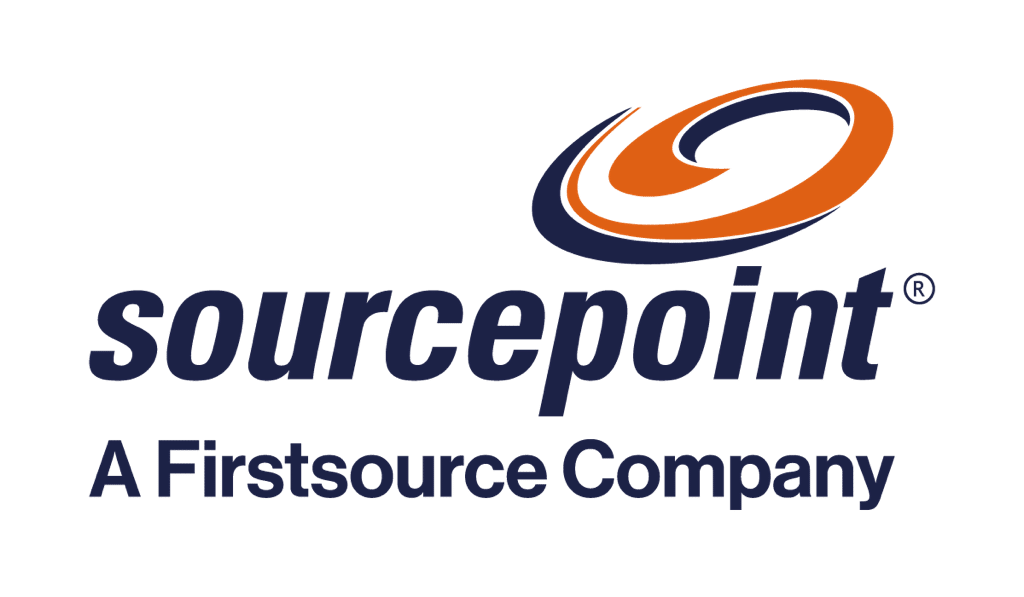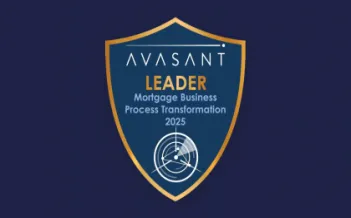It’s 2010. Beth is ready to buy her starter home. She knows closing on her mortgage is going to be a long process. She is frustrated by the number of hoops she must jump through and the amount of tedious paperwork she must complete and sign.
There’s nothing she can do but wait for the mortgage process to play itself out. It’s now 2022. Beth is ready to upgrade from her starter home to her ‘forever’ home. The entire home-purchase process is now shorter, thanks to her lender’s digitized application and closing processes. Beth is pleasantly surprised by how mortgage processing for lenders has evolved in just under a decade.
Today, the mortgage industry is on the cusp of digital re-imagination, driven partly by the need to meet the growing demand from tech-savvy borrowers for a quick and seamless process, and partly by the pressure to reduce costs and improve efficiencies.
In an increasingly competitive environment, lenders are turning more and more to digitalization and mortgage process automation solutions to create a customer-centric ecosystem and boost competitiveness and profitability – now, as well as in the future.
Moving towards digital mortgage solutions for sustained success
While lenders are looking to eventually digitize their end-to-end mortgage process, thus far, most have focused on the front end of the lending process such as enabling digital loan application and consumer portals – for both purchasing and refinancing options.
As competition intensifies and profit margins remain tight, they are moving to the next stage of digital transformation by pivoting to next-gen technology and mortgage process automation solutions that enhance efficiencies in loan production and improve the servicing experience. Here are the three major areas they are investing in to accelerate cycle times and improve customer satisfaction and retention.




